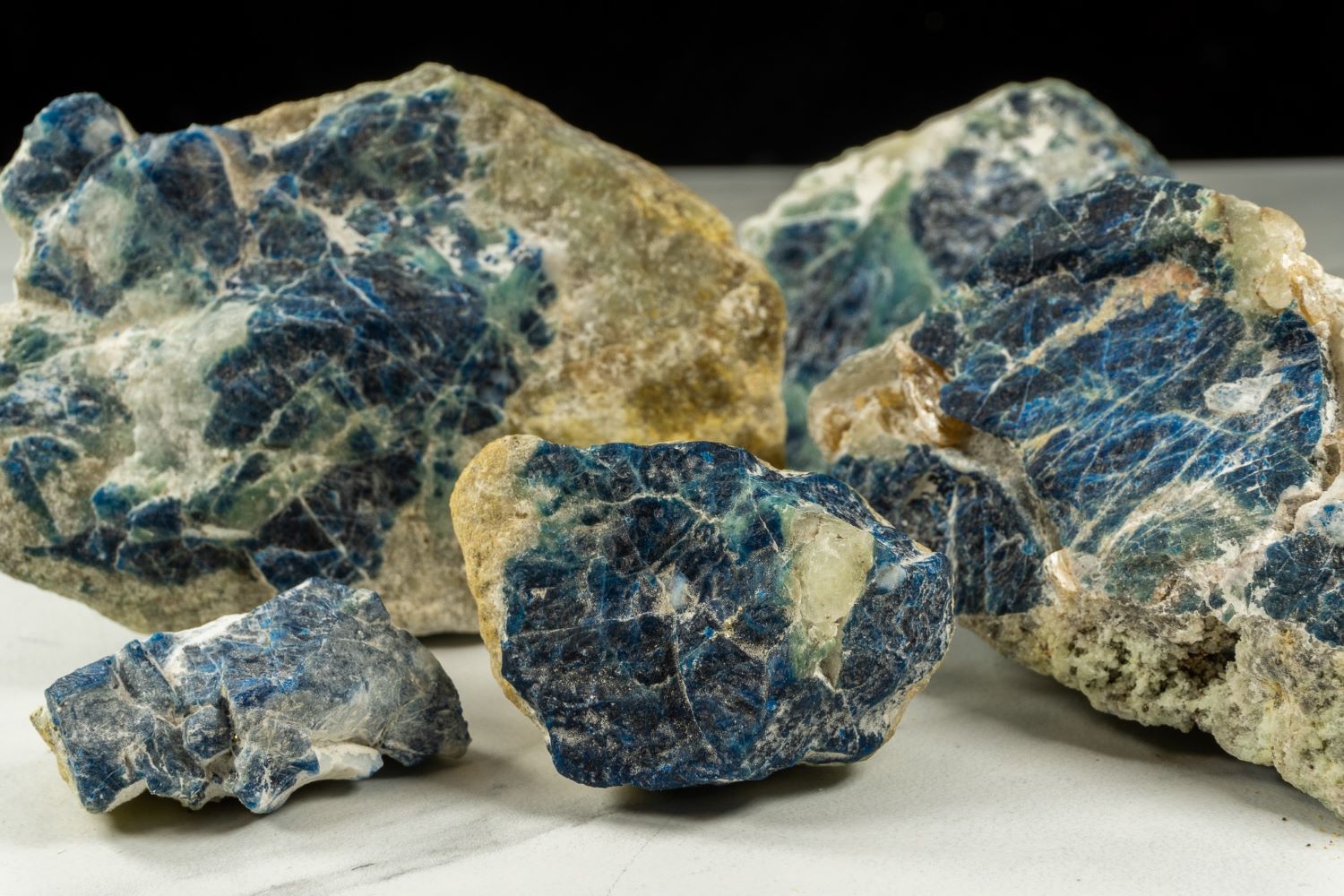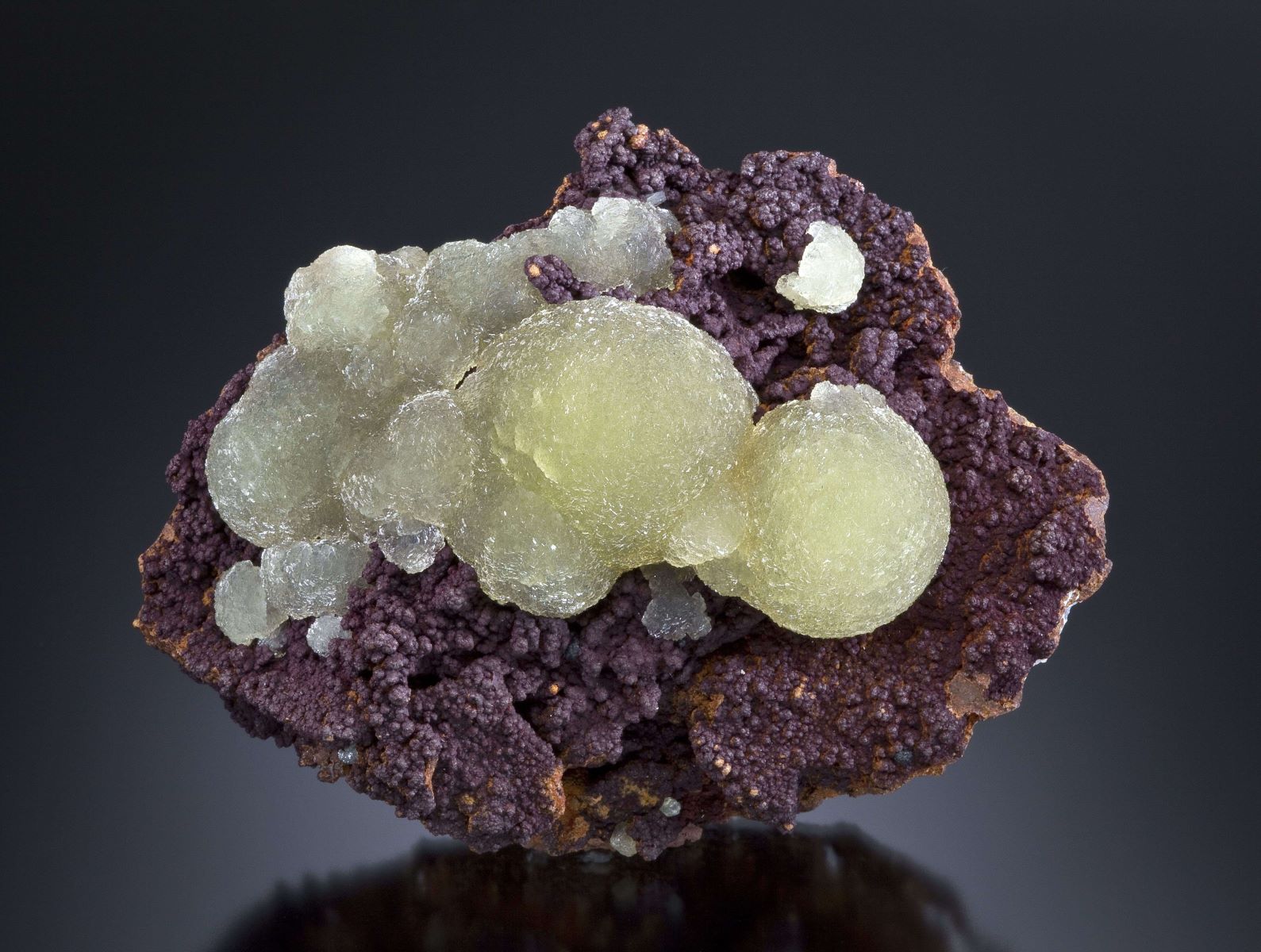
Afghanite is a rare and captivating mineral that has intrigued geologists and collectors alike. Found primarily in Afghanistan, this mineral boasts a striking blue color that can range from light to deep shades. But what makes Afghanite so special? Its unique crystal structure and composition set it apart from other minerals. Often associated with lazurite and sodalite, Afghanite forms in metamorphic rocks and is typically discovered in the famous Sar-e-Sang mines. This mineral isn't just a pretty face; it also has fascinating properties that make it a subject of scientific study. Ready to learn more? Here are 30 facts about Afghanite that will deepen your appreciation for this extraordinary mineral.
What is Afghanite?
Afghanite is a rare mineral that captures the interest of geologists and gem enthusiasts alike. Found primarily in Afghanistan, this mineral has unique properties and a fascinating history.
- Afghanite was first discovered in 1968 in the Lapis Lazuli mines of Sar-e-Sang, Afghanistan.
- It belongs to the cancrinite group of minerals, which are known for their complex chemical compositions.
- The mineral is named after its country of origin, Afghanistan.
- Afghanite typically forms in blue to light blue colors, though it can also appear white or colorless.
- It has a hexagonal crystal system, giving it a unique and identifiable structure.
Chemical Composition and Properties
Understanding the chemical makeup and physical properties of Afghanite can help in identifying and appreciating this rare mineral.
- Afghanite's chemical formula is (Na,K)22Ca10Al26Si26O1046Cl6·2H2O.
- It has a Mohs hardness of 5.5 to 6, making it relatively soft compared to other gemstones.
- The mineral has a specific gravity of 2.55 to 2.65, which is considered light for a mineral.
- Afghanite exhibits a vitreous to pearly luster, adding to its visual appeal.
- It is often fluorescent under UV light, glowing a bright blue or white.
Where is Afghanite Found?
While Afghanite is most famously found in Afghanistan, it has also been discovered in other parts of the world.
- Significant deposits have been found in Italy, particularly in the Campania region.
- Russia is another notable source, with occurrences in the Kola Peninsula.
- Smaller deposits have been identified in Tajikistan and Canada.
- The mineral is often found in association with Lapis Lazuli, sodalite, and other feldspathoid minerals.
- Afghanite is typically mined from metamorphic rocks, especially those rich in calcium.
Uses and Applications
Though not as widely known as other gemstones, Afghanite has its own set of uses and applications.
- It is primarily used as a collector's mineral due to its rarity and unique properties.
- Some jewelers use Afghanite in custom jewelry pieces, though its softness limits its use.
- The mineral is also studied in geological research to understand its formation and properties.
- Afghanite's fluorescence makes it a subject of interest in mineralogical studies.
- It is occasionally used in metaphysical practices, believed to enhance communication and intuition.
Interesting Facts
Here are some lesser-known yet intriguing facts about Afghanite that highlight its uniqueness.
- Afghanite crystals can grow up to several centimeters in length, though most are smaller.
- The mineral is often found in well-formed, prismatic crystals, making it a favorite among collectors.
- Afghanite's blue color is due to the presence of sulfur within its structure.
- It is considered a relatively young mineral, having been discovered only in the late 20th century.
- Afghanite is sometimes mistaken for sodalite or lazurite due to its similar appearance.
Challenges in Mining and Collecting
Mining and collecting Afghanite come with their own set of challenges, given its rarity and the conditions in which it is found.
- The political instability in Afghanistan makes mining operations difficult and dangerous.
- The remote locations of Afghanite deposits add to the complexity of extraction.
- Collectors often face challenges in verifying the authenticity of Afghanite due to its similarity to other minerals.
- The fragile nature of Afghanite crystals requires careful handling during extraction and transportation.
- Despite these challenges, Afghanite remains a highly sought-after mineral for its beauty and rarity.
Afghanite's Fascinating World
Afghanite, a rare and captivating mineral, holds a special place in the world of geology. Its striking blue color and unique crystal structure make it a favorite among collectors and scientists alike. Found primarily in Afghanistan, this mineral is not just beautiful but also tells a story of the Earth's geological history.
Understanding afghanite's properties, such as its fluorescence under UV light, adds another layer of intrigue. Its composition, mainly consisting of sodium, calcium, and aluminum, showcases the complexity of natural formations.
Whether you're a seasoned geologist or just someone who loves learning about the Earth's wonders, afghanite offers a glimpse into the planet's rich and diverse mineral kingdom. Keep exploring and who knows, you might just stumble upon your own piece of this extraordinary mineral.
Was this page helpful?
Our commitment to delivering trustworthy and engaging content is at the heart of what we do. Each fact on our site is contributed by real users like you, bringing a wealth of diverse insights and information. To ensure the highest standards of accuracy and reliability, our dedicated editors meticulously review each submission. This process guarantees that the facts we share are not only fascinating but also credible. Trust in our commitment to quality and authenticity as you explore and learn with us.


